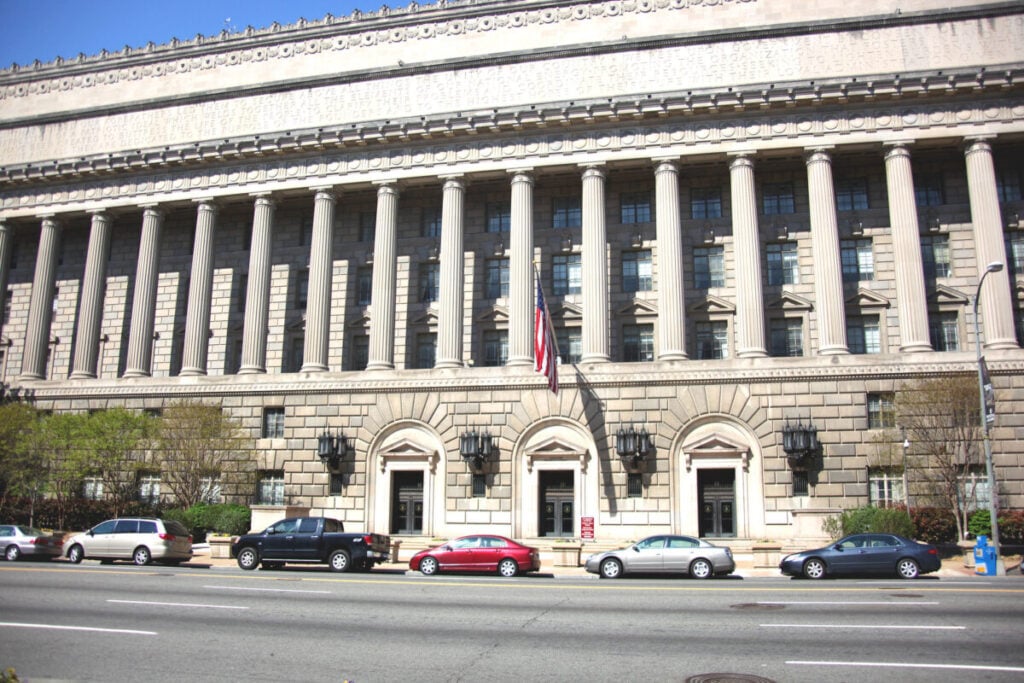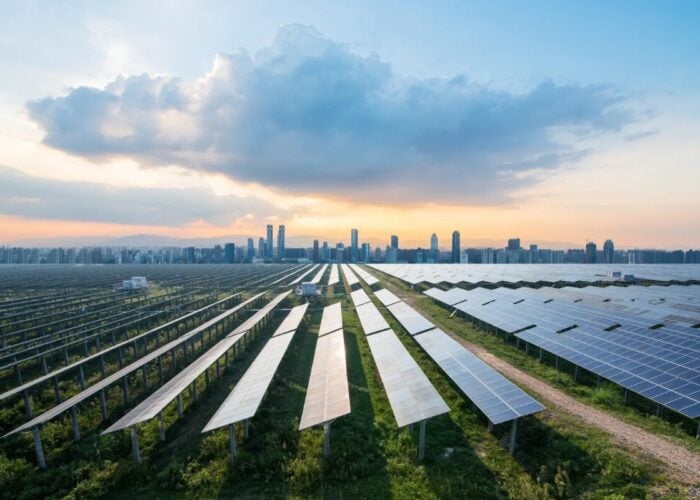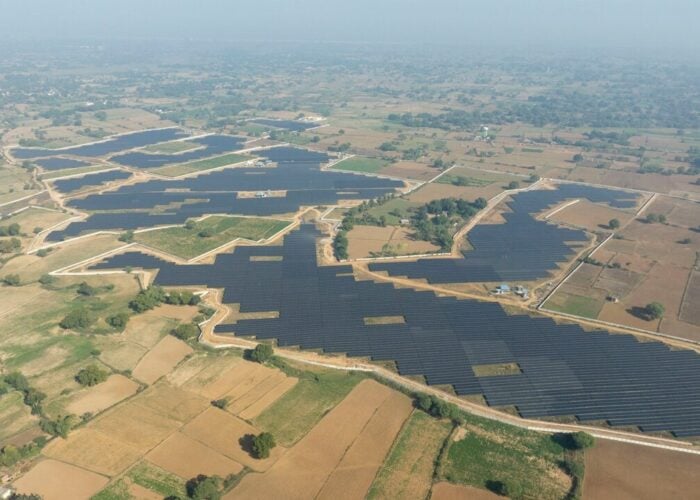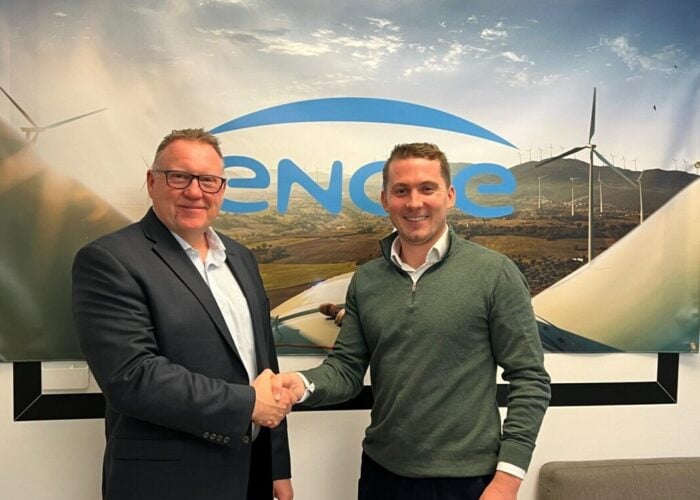
The US Department of Commerce (DoC) has initiated antidumping duty (AD) and countervailing duty (CVD) investigations of crystalline silicon PV cells, whether or not assembled into modules, from India, Indonesia and Laos.
This investigation was launched less than a month after a petition was filed by the Alliance for American Solar Manufacturing and Trade, which includes solar manufacturers First Solar, Mission Solar Energy, Qcells and Talon PV Solar Solutions.
Try Premium for just $1
- Full premium access for the first month at only $1
- Converts to an annual rate after 30 days unless cancelled
- Cancel anytime during the trial period
Premium Benefits
- Expert industry analysis and interviews
- Digital access to PV Tech Power journal
- Exclusive event discounts
Or get the full Premium subscription right away
Or continue reading this article for free
According to the DoC statement, the dumping margin from each country is 123.04% for India, 94.36% for Indonesia and between 123.12-190.12% for Laos.
The three countries have seen a stark increase in imports of solar cells from the US between 2022 and 2024, with India exporting the most with 2.3GW last year, as shown in the chart below.
Laos had the biggest increase between 2023 and 2024, going from nearly nothing (45MW) to almost 2GW of solar cells exported to the US in 2024. Although more solar cells came from Laos than Indonesia last year, the value of the solar cells exported to the US in 2024 still represented less than that of Indonesia, with US$335 million and US$415 million, respectively.
Moreover, the sum of the value of solar cells coming from Laos and Indonesia in 2024 still represented less than the total for solar cells coming from India (both in 2023 and 2024), despite each country exporting a similar volume in 2024, with only a difference of 500MW between India and Indonesia.
A preliminary determination from the US International Trade Commission (ITC) is scheduled for 2 September 2025. In case of an affirmative preliminary determination, the DoC is scheduled to announce its preliminary determination on 13 October 2025 for the CVD investigation, and on 26 December 2025 for the AD investigation. These deadlines may be extended.
The launch of the investigation follows a previous solar AD/CVD investigation into four Southeast Asian countries, which ended with the imposition of steep duties on solar cell imports from Thailand, Vietnam, Malaysia and Cambodia. Among the four countries, Cambodia was hit the hardest with a CVD rate of up to 3,403.96%.
The inclusion of India, Indonesia and Laos in this latest solar AD/CVD investigation comes as these three countries looked set to provide solar cell capacity to the US, to fill the gap left by the Southeast Asian countries. At the moment, the US is facing a stark disparity between domestic module manufacturing capacity and upstream supply chain capacity, with more than 50GW of annual nameplate capacity for modules, but just above 2GW of annual nameplate capacity for solar cells, back in February.
This investigation comes at a time when the US solar industry is facing uncertainties at the policy level, after the passing of the “One Big, Beautiful Bill” on 4 July 2025, which brought forward the end date of several tax credits for solar PV, both for residential solar and utility-scale solar.
In the case of the latter, projects aiming to secure investment tax credits will have to start construction by 4 July 2026, or reach commissioning before the end of 2027, in order to still be able to apply for the tax credits, which in itself will likely create a rush of project development with companies aiming to secure solar products.






